Northern Pintail
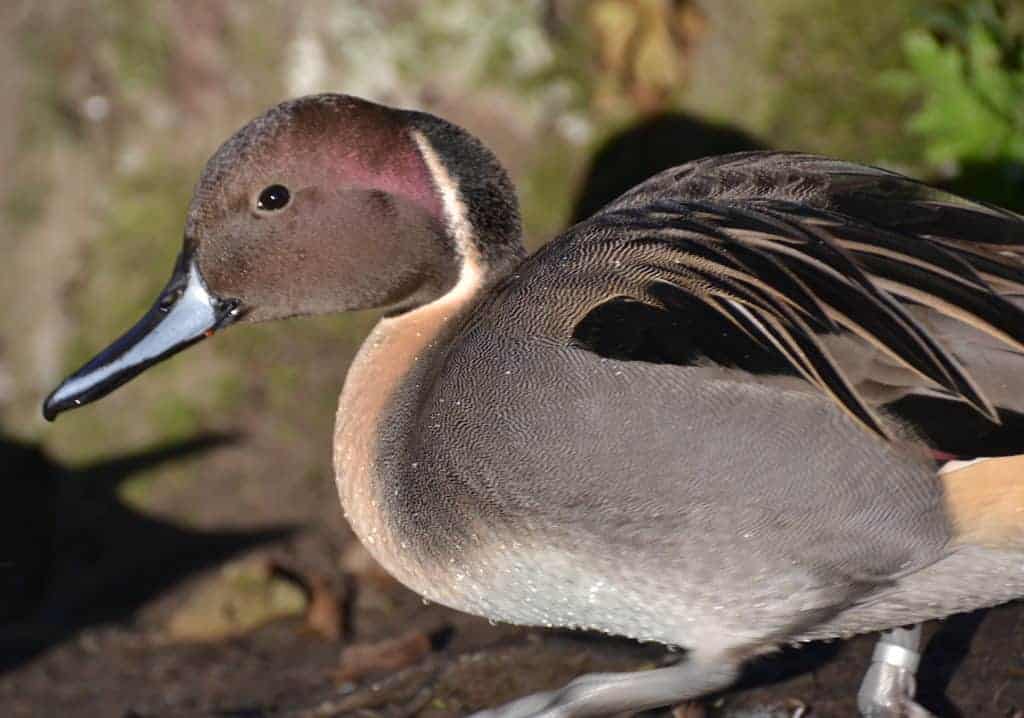
The Northern Pintail’s characteristic long neck enables it to reach food below the water’s surface that is out of reach to other dabbling ducks. It also allows them to peer over tall grass, a favoured element of their habitat.
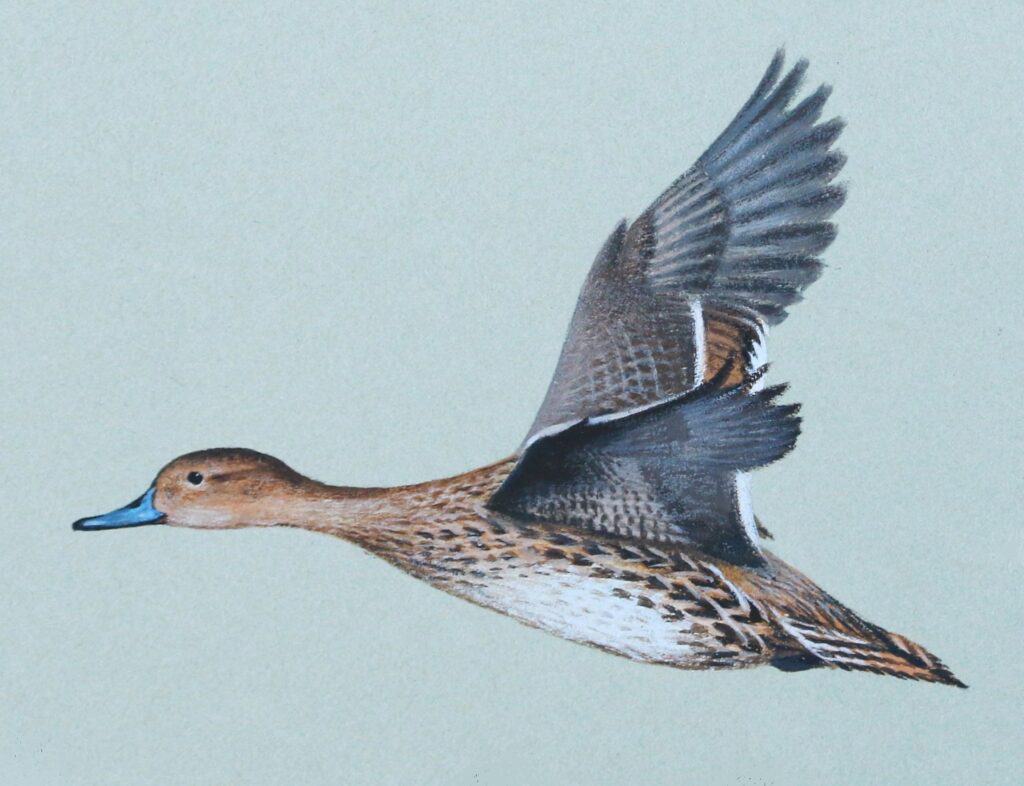
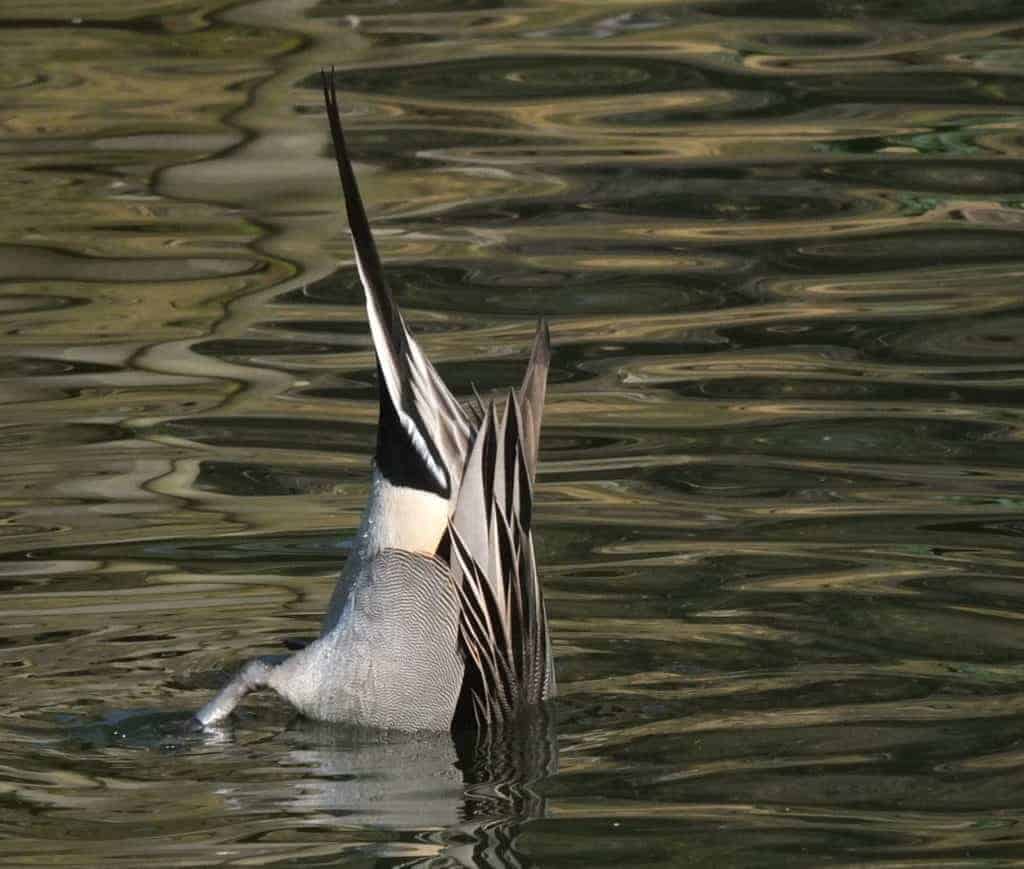
Anas acuta
Northern Pintail are numerous and widely spread. Their habitat ranges from lakes and marshes in open areas through to grassland and rivers and coastal regions.
There has been a moderate decline in the UK non-breeding population’s size (–34%) over the 25 years to 2015; a moderate decline in UK range (–27%) over both the 25 years to 2015, and the longer term; it qualifies as a breeding rarity; it is considered localised as 90–100% of the UK’s non-breeding population was found at ten or fewer sites; and this population is considered of international importance as the UK holds 40–50% of the European population. For these reasons, this species is Amber-listed in Britain.
Northern Pintail are an elegant addition to any wildfowl collection, are easy to keep and winter hardy. The male plumage is an attractive dove grey with brown head and white breast and neck stripes whilst the female is predominantly brown. Both male and female are large, slender and long-necked birds with a distinctive pointed tail.
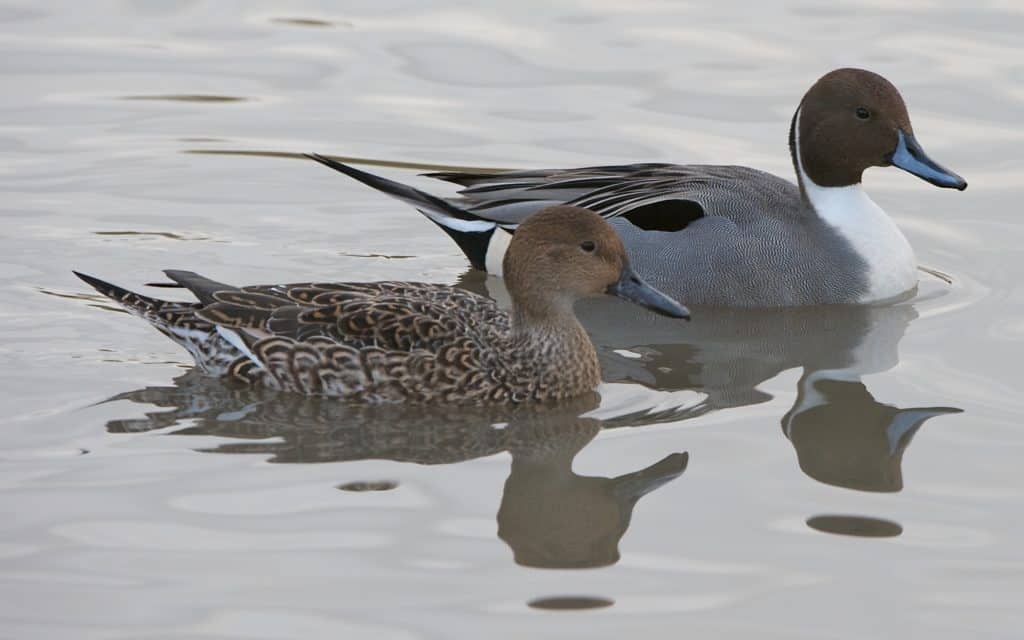
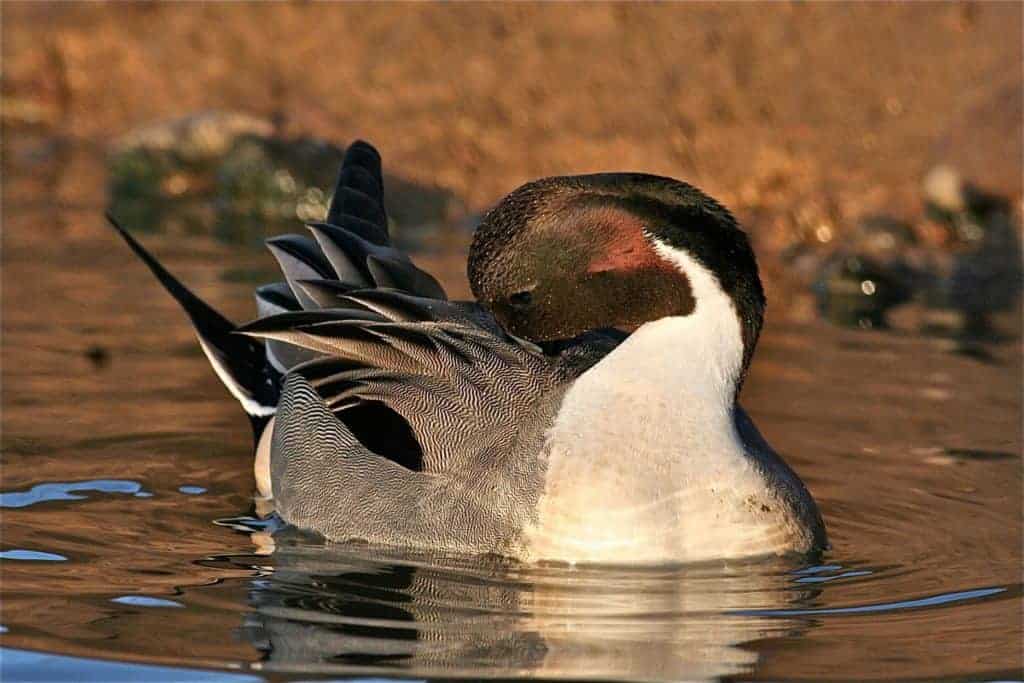
Given the right habitat, this species breeds readily. They tend to like tall grasses, but also accept nest boxes when kept in a wildfowl collection. A typical clutch of 6–10 eggs takes 21–23 days to hatch.
Share this page